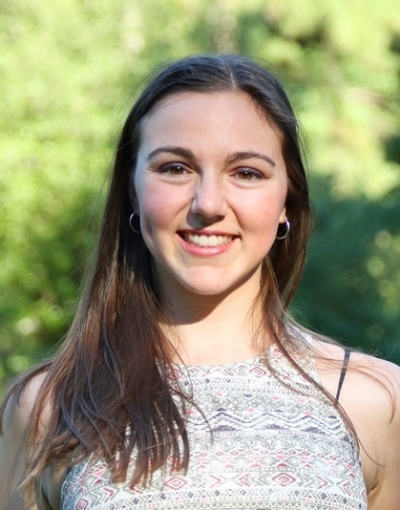
“A Drug’s Journey” - View the video: https://youtu.be/gI6qdPOZY5Y.
Based on thesis work: “A physiologically-based pharmacokinetic model for clearance and targeting of nanomedicines”
When we take medication, where does it end up in the body?
Many drugs are coated with polyethylene glycol (PEG) to help extend their circulation time. However, some people produce antibodies against this coat. These antibodies clear the drugs from circulation, making them ineffective. We can add extra PEG molecules to the system as a decoy for the antibodies. The drug is now free to travel through the circulation to its target tissue.
Once a drug is in circulation, we want it to get to the right place, to minimize side effects. We can use bispecific antibodies to help the drug find its target. In this case, we want a chemotherapeutic to find a cancerous tumor.
The antibodies link the circulating drug to the tumor cell. The tumor cells then engulf the drug on their surface. Ultimately, the drug kills the tumor.
We can predict the levels of a certain drug in the bloodstream, in a tumor, or in various organs using mathematical models. Some of the values for these equations are known. Others are harder to test experimentally, and known only to fall within a wide range. We can use machine learning to find the values that are harder to test – for example, rates of drug transfer between different organs. Narrowing down these values helps our models to make more accurate predictions about what happens to the medication we take.
Where does it end up, and how long does it stay there?
Incorporating predictions from mathematical modeling can streamline clinical trials, focusing on treatments that are safer and more effective.